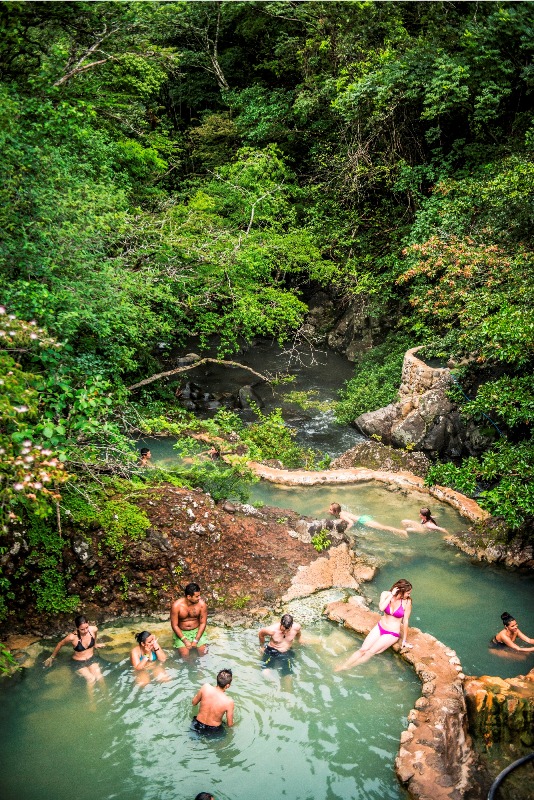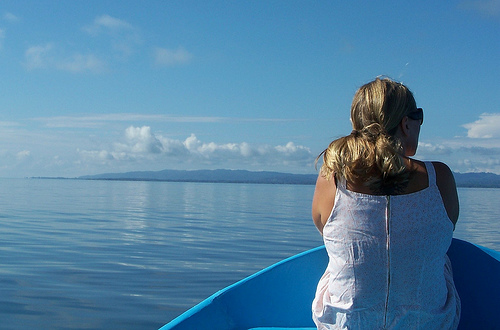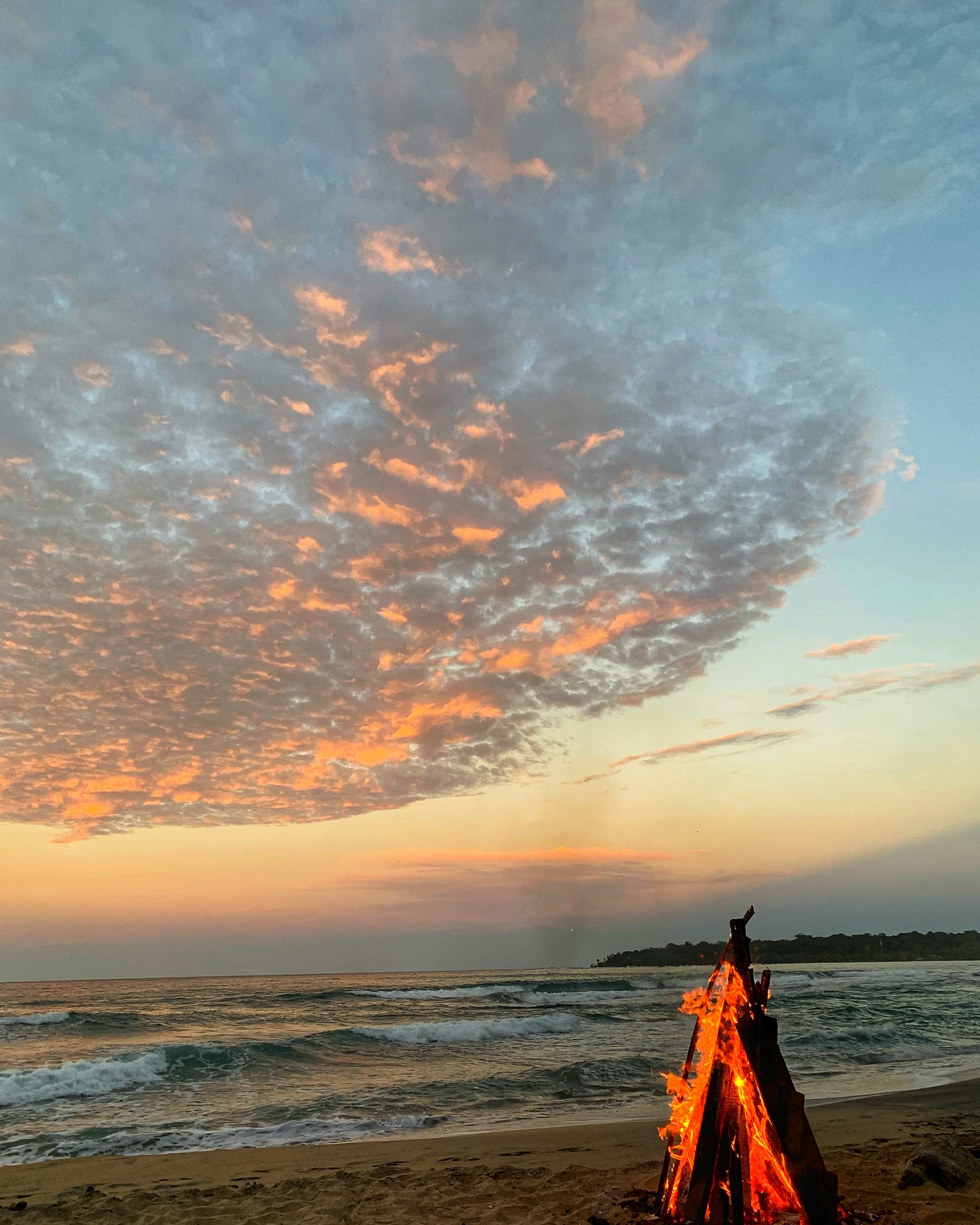On July 25th, Costa Rica celebrates a cornerstone of its history: the Annexation of the Partido (territory) of Nicoya. This date, filled with celebrations and national pride, marks the 200th anniversary of Nicoya joining Costa Rica. Hacienda Guachipelin, a member of the Enchanting Hotels collection of boutique, luxury hotels, in Guanacaste embraces this rich heritage and the vibrant culture that flourished from this significant event. Join us as we explore the history of the Nicoya Peninsula and its journey to becoming a vital part of Costa Rica.
A Glimpse into the Past
The History of the Nicoya Peninsula: A Cultural Perspective
Before the Spanish conquest, the Nicoya Peninsula was a vibrant cultural hub for indigenous groups, primarily the Chorotega. These early inhabitants developed a sophisticated society with complex agricultural practices, thriving trade networks, and rich cultural traditions. The Chorotega were skilled potters and artisans, creating intricate ceramics and textiles that were traded throughout the region. They built large settlements with ceremonial centers, indicating a highly organized social and religious structure. The indigenous people of Nicoya were known for their vibrant festivals, music, and dance, which played a central role in their community life and spiritual practices.
The arrival of the Spanish in the early 16th century marked a significant cultural shift for the Nicoya Peninsula. The Spanish conquest brought about drastic changes, including the imposition of European customs, language, and religion. The once-thriving indigenous culture faced disruption and decline due to warfare, diseases brought by the Europeans, and forced labor under the encomienda system.
Despite these challenges, the indigenous people of Nicoya demonstrated resilience by adapting to new realities while preserving elements of their cultural heritage. Over time, a unique blend of indigenous and Spanish influences emerged, shaping the region’s identity. This cultural fusion is evident today in the area’s architecture, cuisine, traditions, and community celebrations, reflecting a rich tapestry of Nicoya’s pre-Columbian roots and its colonial past.
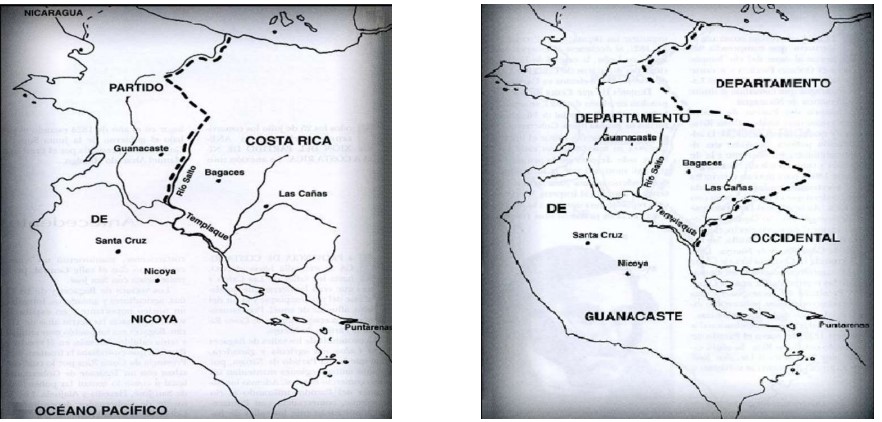
The Path to Annexation
By the early 19th century, the political landscape of Central America was undergoing significant transformations. The Spanish colonies were seeking independence, and the region was rife with political upheaval. In 1812, Spain divided what is now Central America into separate territories. One of these territories was the Partido de Nicoya, which was the territory between La Flor River and Lake Nicaragua to the northeast, and the Gulf of Nicoya, Tempisque River, and Salto River to the south.
When Central America declared independence from Spain in 1821, the region began to reconstitute itself into new countries. In 1821, Central America gained independence from Spain, leading to the creation of the Federal Republic of Central America.
The Nicoya Peninsula, comprising the territories of Nicoya, Santa Cruz, and Guanacaste, was geographically closer to Costa Rica but was administratively part of Nicaragua. The residents of Nicoya, known as Nicoyans, found themselves at a crossroads. They had to decide whether to align with Nicaragua or Costa Rica.
The Decision of 1824
On July 25, 1824, a crucial meeting was held in Nicoya. The residents gathered to vote on their future. The decision was driven by various factors, including economic ties, geographical proximity, and social connections. Many Nicoyans had strong relationships with Costa Ricans and saw economic benefits in aligning with Costa Rica, which had a stable government and promising prospects.
The vote resulted in a majority decision to join Costa Rica!
Some important facts about this important historical celebration:
- There was no violent takeover but rather a peaceful tribute to the union of autonomous territories; the Partido of Nicoya and Costa Rica
- Guanacaste didn’t exist in 1824 so we don´t celebrate the Annexation of Guanacaste to Costa Rica. The province of Guanacaste was created in 1835 uniting the Partido of Nicoya with Tilarán, Cañas, and Bagaces.
- The deciding vote of the Partido de Nicoya to annex Costa Rica on the 25th of July, 2024 was under the slogan “De la Patria por nuestra voluntad” which translates to “Of the Homeland by our will”
- The Nicoya Partido Annexation to Costa Rica is a national celebration of freedom of choice, the democratic process, dancing, bull riding rodeos, and horse parades. It is also a time to enjoy the delicious Nicoyan gastronomy
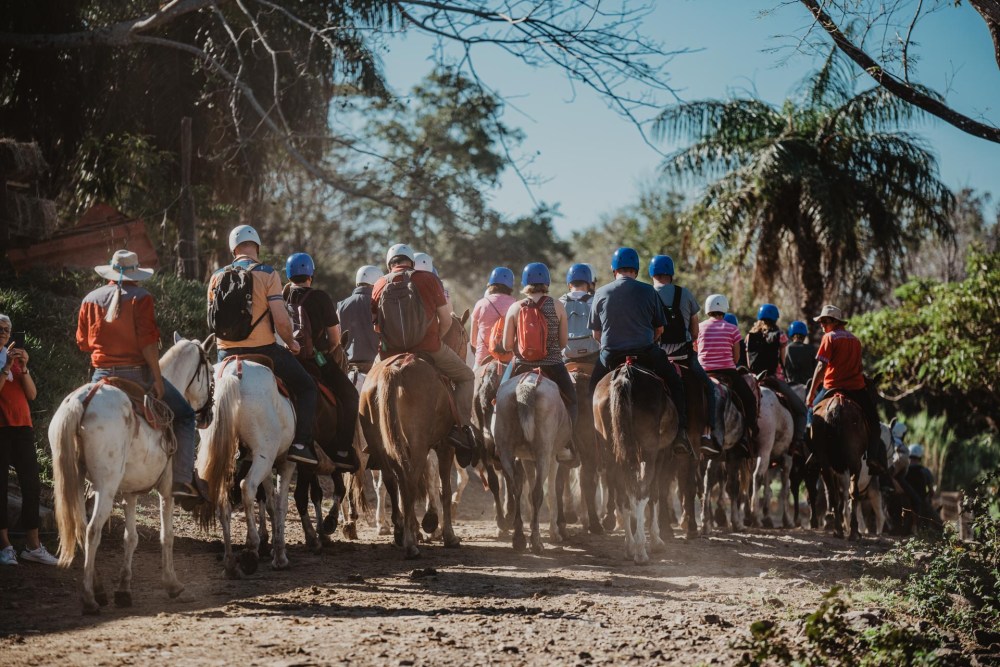
The Impact of Annexation
The union of the Nicoya Peninsula into Costa Rica brought significant changes to the region. It fostered economic development, improved infrastructure, and strengthened cultural ties. The fertile lands of what we now know as the province of Guanacaste became a crucial part of Costa Rica’s agricultural economy, particularly in cattle ranching production.
Today, the legacy of this union is celebrated with great pride. The culture of Guanacaste, enriched by its indigenous heritage and historical ties to both Nicaragua and Costa Rica, is a vibrant tapestry of traditions, music, dance, and cuisine.

Hacienda Guachipelin: A Testament to History
At Hacienda Guachipelin, we are proud to be part of this rich heritage. Our location in the heart of Guanacaste allows us to offer guests a unique experience that combines natural beauty with historical significance. From exploring the Rincon de la Vieja National Park to participating in traditional festivities, we invite you to immerse yourself in the culture and history of this remarkable region.
In the heart of Guanacaste, the cowboy culture remains a vibrant and enduring part of the region’s identity. At Hotel Hacienda Guachipelin, visitors can experience this rich cultural heritage firsthand. The hacienda, with its sprawling ranch and traditional activities, offers a glimpse into the life of the sabanero, the Costa Rican cowboy.
Guests can witness and even participate in time-honored practices such as cattle herding, horseback riding, and rodeo events. The hotel’s authentic setting and commitment to preserving local traditions make it an ideal place to appreciate the resilience and pride of Guanacaste’s cowboy culture. From the rustic charm of the hacienda to the spirited displays of horsemanship, Hacienda Guachipelin provides a unique and immersive cultural experience that celebrates the legacy of the sabaneros.
As we celebrate the 200th anniversary of the Annexation of Nicoya, we remember the importance of this event in shaping the identity of Guanacaste and Costa Rica. It is a time to honor the decision of the Nicoyans, their vision for a prosperous future, and the enduring cultural heritage that continues to thrive today. Join us at Hacienda Guachipelin to celebrate this historical milestone and experience the vibrant culture of Guanacaste.




